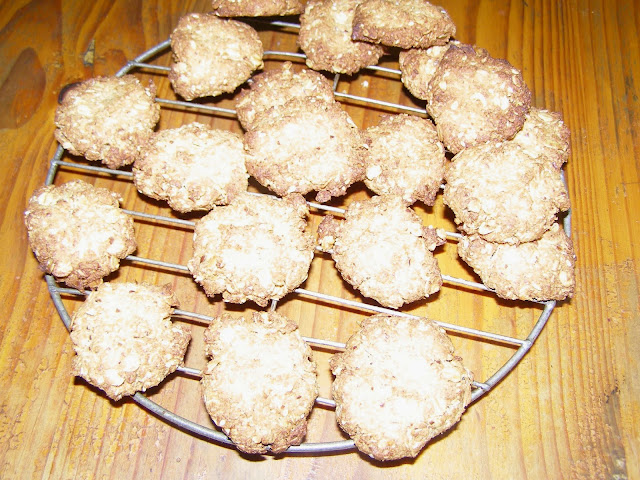Perhaps it was written by Ogden Nash, or was it an anonymous writer? Maybe we will never know.
Where ever it came from it pretty much sums up the first day of Spring.
Not the bit about the birds though. We're now woken by the whole gamut of "Spring" birds and the morning noises are a symphony.
When we first moved here eleven years ago the hungry cats from the dairy nearby kept all birds away, but our dogs have kept the cats away. Now there are birds aplenty.
To encourage birds to stay in our garden we planted lots of trees and we supply plenty of water for them.
Anyone can enjoy the company of birds by simply making water available in bird friendly containers. The containers don't need to be expensive or fashionable but the birds need to feel safe or they won't use them. Most importantly, don't forget to keep them topped up with water.
Once you start to encourage birds to your garden they will rely on you to continue. Another example of giving a little, and receiving lots of pleasure.
An old bowl with a rock in it, placed in an old pot nestled in the garden is a favorite with the Magpies, Grey Shrike Thrush, New Holland Honey-eaters, Willy Wagtails, Silver eyes, Blackbirds, Rosellas, Top-knot Pigeons, Murray Magpies, Finches and Wrens.
The Galahs, Corellas and Sulphur Crested Cockatoos prefer the troughs in the paddocks where they skylark and perform their comical shenanigans.
This one is at ground level but note the brick on the outside and the rock inside. For the Skinks & Blue Tongue lizards to climb in and out of. Blackbirds use it too.
The lizards, frogs, and probably snakes, love this as well as the birds. Dug into the ground with rocks inside and on the outside edges.
A proper bird bath sits under the apple tree where a pair of Willy Wagtails have nested every year for longer than I can remember. (Garden art by Brian)
Birds in your garden will help keep pest bugs under control.
Some people are annoyed by Blackbirds but they do a wonderful job of finding earwigs and unwanted pests under the mulch and grubs on the plants, plus their morning and evening song is a delight.
If they flick out the mulch, all it takes is a quick flick with a leaf rake, or your foot, to tidy it again.
My dear friend Rachel who lives in a leafy suburb of Adelaide provides bird seed and water for the most glorious Rainbow Lorikeets. What a delight to sit eating breakfast while watching the show outside.
And speaking of Rachel, here is her Devilled Chicken Recipe that is one of our favorites and mentioned in an earlier post. Written by her on this paper at least fifteen years ago!
Rachel's Devilled Chicken
Take one free range organic chicken and cut it into pieces.
(Or use chicken pieces purchased from the supermarket if you don't have them running in your back yard.)
The recipe says it should be browned in butter or oil before adding the other ingredients, but I'm a cook always in a hurry and admit to skipping this part.
So this is how I do it.
In an ovenproof dish put chicken pieces,
1 sliced onion and garlic to taste.
Mix together in another bowl,
1 cup tomato sauce
1 dessertspoon brown sugar
Grated rind of 1 lemon and the juice
2 tablespoons apple cider vinegar (or plain vinegar)
1 heaped teaspoon mustard
1 heaped teaspoon curry powder ("Keens Traditional Curry Powder" is my favorite for this)
1 tablespoon soy sauce
1 teaspoon salt
1 cup of water
Pour over the chicken pieces.
Put the lid on and cook in moderate oven for approx 1 hour.
In my wood oven I cook it slowly for 2 hours.
It could also be cooked in a slow cooker.
Lazy cook tip;
Add chopped carrots, pumpkin or any vegetables on hand to make this a complete meal in one pot.
Serve with rice.
Freezes well.
Thanks for dropping by to catch up and I hope your Spring fills you with dreams and inspiration.

.JPG)
.JPG)
.JPG)
.JPG)
.JPG)











.JPG)



